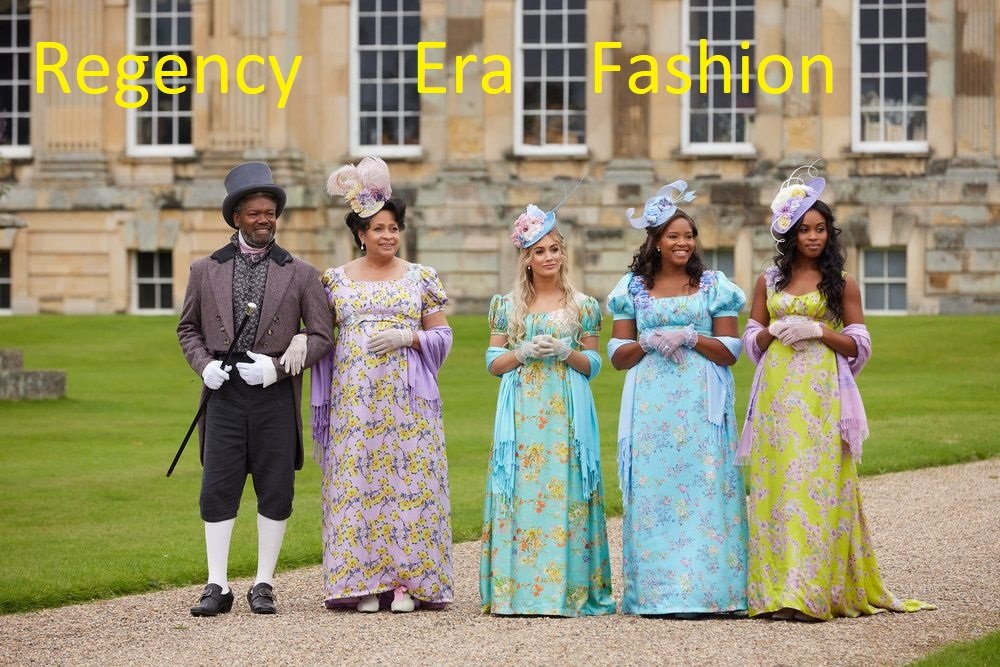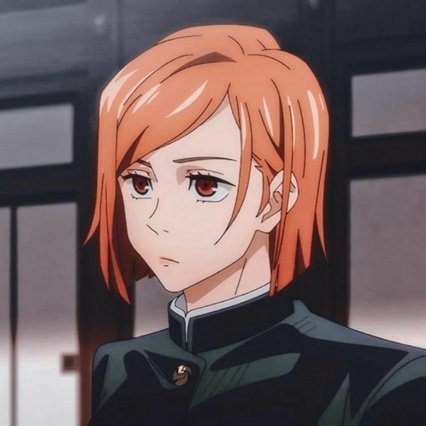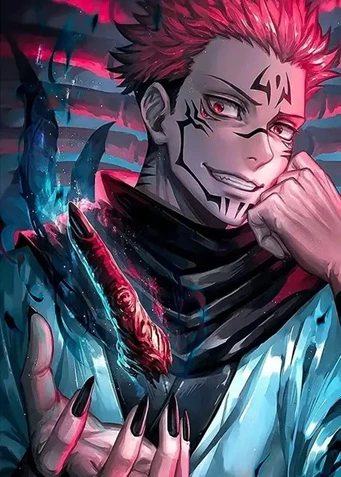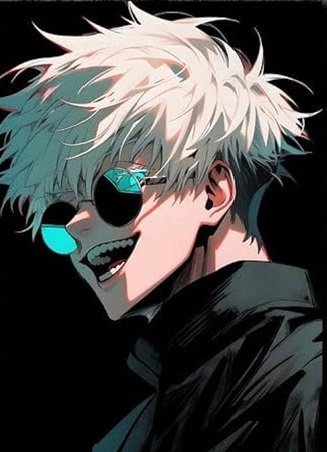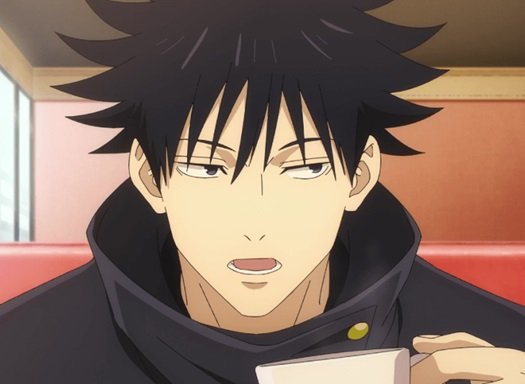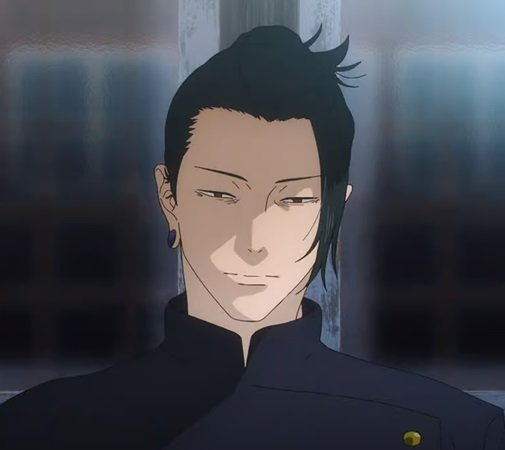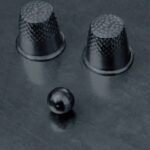🧵 Regency Era Fashion: A Complete Guide to Styles, Trends & Influences (1795–1837)
The Regency Era, stretching more or less from 1795 to 1837, turned into a transformative period in English records that profoundly encouraged fashion, artwork, literature, and society. This generation changed into not just about kings, regents, or wars—it become the golden age of elegance and refinement, especially in style. Think of Jane Austen, Empire-waist gowns, tailcoats, and Beau Brummell—all of them helped outline a fashion movement that bridged the Georgian and Victorian periods.
This comprehensive weblog publish will delve into every aspect of Regency Era Fashion, inclusive of:
- The historic context in the back of its evolution
- Detailed exploration of girls’s and guys’s attire
- Key fabric, accessories, and hairstyles
- Influences from politics, conflict, and art
- Legacy in contemporary fashion
- And evaluation tables for easy expertise
Let’s dive into the captivating and complicated international of Regency Fashion.
📜 Historical Background of the Regency Era Fashion
The Regency Era refers back to the early 19th century length in the United Kingdom, formally from 1811 to 1820, whilst George IV acted as regent due to King George III’s mental illness. However, for fashion and cultural purposes, historians regularly stretch the time frame from 1795 to 1837.
Key Influences on Fashion:
- Neoclassicism: Inspired by Ancient Greece and Rome.
- French Revolution (1789): Sparked less complicated, greater egalitarian dress codes.
- Industrial Revolution: Made fabrics and garments more available.
- Romantic Movement: Influenced colorings, styles, and feminine aesthetics.
👗 Women’s Fashion inside the Regency Era
Women’s garb in this era marked a thorough departure from the heavy, complicated Georgian robes. The silhouette became lighter, extra relaxed, and inspired by way of the grace of classical antiquity.Regency Era Fashion
🔹 Common Features of Women’s Dresses:
- Empire Waistline: High waist just under the bust
- Light, Flowing Fabrics: Muslin, cotton, lawn, and silk
- Simple Lines: Inspired by way of Greco-Roman tunics
- Short Sleeves: With puff or cap sleeves
- Column Silhouettes: Slim and vertical look
📋 Table: Types of Women’s Dresses in Regency Era
| Dress Type | Description | Typical Occasion |
|---|---|---|
| Morning Dress | Modest, long-sleeved, cotton or muslin | Daytime at home |
| Walking Dress | Layered with pelisse or spencer jacket | Outdoor walking |
| Evening Gown | Low neckline, silk or satin | Balls, dinners |
| Ball Gown | Embellished with lace, jewels, feathers | Formal dances |
| Riding Habit | Tailored jacket and long skirt | Horseback riding |
👜 Accessories and Additions:
- Spencer Jackets: Short, bolero-style jackets
- Pelisse Coats: Long, elegant coats for wintry weather
- Reticules: Small purses (since pockets weren’t used)
- Gloves & Fans: Essential for modesty and flirting
- Parasols: Used for sun safety and style
💇♀️ Hairstyles & Headwear:
- Curls around the face, inspired by using Roman goddesses
- Bonnet, turban, or hat for outside wear
- Feathers, ribbons, and lace for evening hairdos
🕴️ Men’s Fashion in the Regency Era
Men’s style underwent a stylistic transformation as nicely, with a shift from flamboyant 18th-century styles to more tailored, structured elegance—in large part credited to Beau Brummell, the authentic dandy. Regency Era Fashion
🔹 Key Elements of Men’s Clothing:
- Tailcoats & Frock Coats
- High-collared Shirts with cravats
- Tight Breeches or Trousers
- Waistcoats in silk, velvet, or brocade
📋 Table: Components of Men’s Regency Attire
| Garment | Description | Usage |
|---|---|---|
| Tailcoat | Short in front, long tails | Formal wear |
| Waistcoat | Sleeveless upper body vest | Layered under coat |
| Cravat | Long neck cloth tied in various knots | Sign of status |
| Breeches | Knee-length trousers | Riding, casual |
| Pantaloons | Tight trousers to the ankle | Everyday wear |
| Top Hat | Cylindrical formal hat | Outdoor/formal |
| Boots | Hessian or Wellington | Military or fashionable |
🧼 Grooming & Accessories:
- Clean-shaven look popularized by using Brummell
- Cane, pocket watch, gloves, and snuff container
- Darker colour palette: navy, brown, black
🧵 Regency Fabrics and Textiles
During the Regency era, textile selection reflected both the fashion experience and social magnificence. Clothing emphasis simplicity, breathability, and luxury relying occasionally. Regency Era Fashion.
📋 Table: Common Fabrics in Regency Era Fashion
| Fabric | Usage in Women’s Wear | Usage in Men’s Wear |
|---|---|---|
| Muslin | Gowns, underclothes | Cravats |
| Cotton | Dresses, chemises | Shirts |
| Silk | Ball gowns, ribbons | Waistcoats, lining |
| Wool | Coats, cloaks | Tailcoats, trousers |
| Velvet | Evening wear, trim | Waistcoats |
| Linen | Daywear, chemisettes | Shirts |
🎨 Color Palette & Embellishments
- Early Regency: White, pastels, muted hues (inspired through Neoclassicism)
- Later Regency: Deeper tones like burgundy, army, and emerald
Trimmings which includes embroidery, lace, beading, and tassels have been used tastefully, especially on outerwear and formal apparel. Regency Era Fashion
🕰️ Fashion by Class and Status
Fashion inside the Regency technology become a marker of sophistication distinction.
| Class | Women’s Style Example | Men’s Style Example |
|---|---|---|
| Upper Class | Silk gowns, elaborate trims | Velvet waistcoats, tailored coats |
| Middle Class | Cotton gowns, simple cuts | Ready-made breeches, linen shirts |
| Working Class | Woolen dresses, aprons | Rough trousers, caps, coarse shirts |
💃 Regency Era Fashion for Special Occasions
- Balls: Required ball robes and gloves
- Court Appearances: Demanded formal courtroom dress with plumes and trains
- Funerals: Strict mourning attire, regularly black crepe or bombazine
📚 Fashion in Regency Literature and Media
The writings of Jane Austen offer vibrant descriptions of Regency fashion. In modern instances, movies and series consisting of:
- Pride and Prejudice (1995, 2005)
- Bridgerton (2020–)
- Emma (2020)
- Sense and Sensibility (1995)
have reignited worldwide fascination with Regency fashion, even influencing contemporary runways. Regency Era Fashion
🧵 Key Designers and Influencers
| Name | Contribution |
|---|---|
| Beau Brummell | Reinvented men’s fashion; cravat king |
| La Belle Assemblée | Fashion publication showcasing trends |
| Jean-Baptiste Isabey | Artist capturing real-time fashion |
| Regency Modistes | Dressmakers catering to elite women |
🌍 Influence on Modern Fashion
Many aspects of Regency style are revived in contemporary fashion houses and avenue styles:
- Empire waist attire in bridal and summer style
- Regencycore trend from TikTok and Pinterest
- Corset revival in Gen Z and Millennial dressing
- Period dramas inspiring gown-themed parties
🧾 Important Dates in Regency Fashion History
| Year | Fashion Event |
|---|---|
| 1795 | Transition to classical styles begins |
| 1807 | Muslin becomes most popular dress fabric |
| 1811 | Prince Regent declared – fashion peaks |
| 1815 | Napoleonic Wars end – French influence grows |
| 1830 | Heavier fabrics and Victorian shapes return |
🪞 Tips for Recreating Regency Fashion Today
- Empire-waist maxi get dressed in light cotton or chiffon
- Add a Spencer jacket or shawl
- Accessorize with gloves, bonnet, and fan
- Style hair in gentle curls or bun with ribbons
- For guys: waistcoat, cravat, tailcoat, and boots
Read More: Fashion Sneakers 2025 – Latest Trends, Best Styles & Buying Guide
🏁 Conclusion
Regency Era fashion represents a captivating length of grace, simplicity, and beauty. It turned into a riot in opposition to extravagance, inspired by classical beliefs, and tailored to both form and feature. Whether you are a history buff, a style dressmaker, a cosplay enthusiast, or a Jane Austen fan, there’s some thing eternally captivating approximately the Regency aesthetic.
